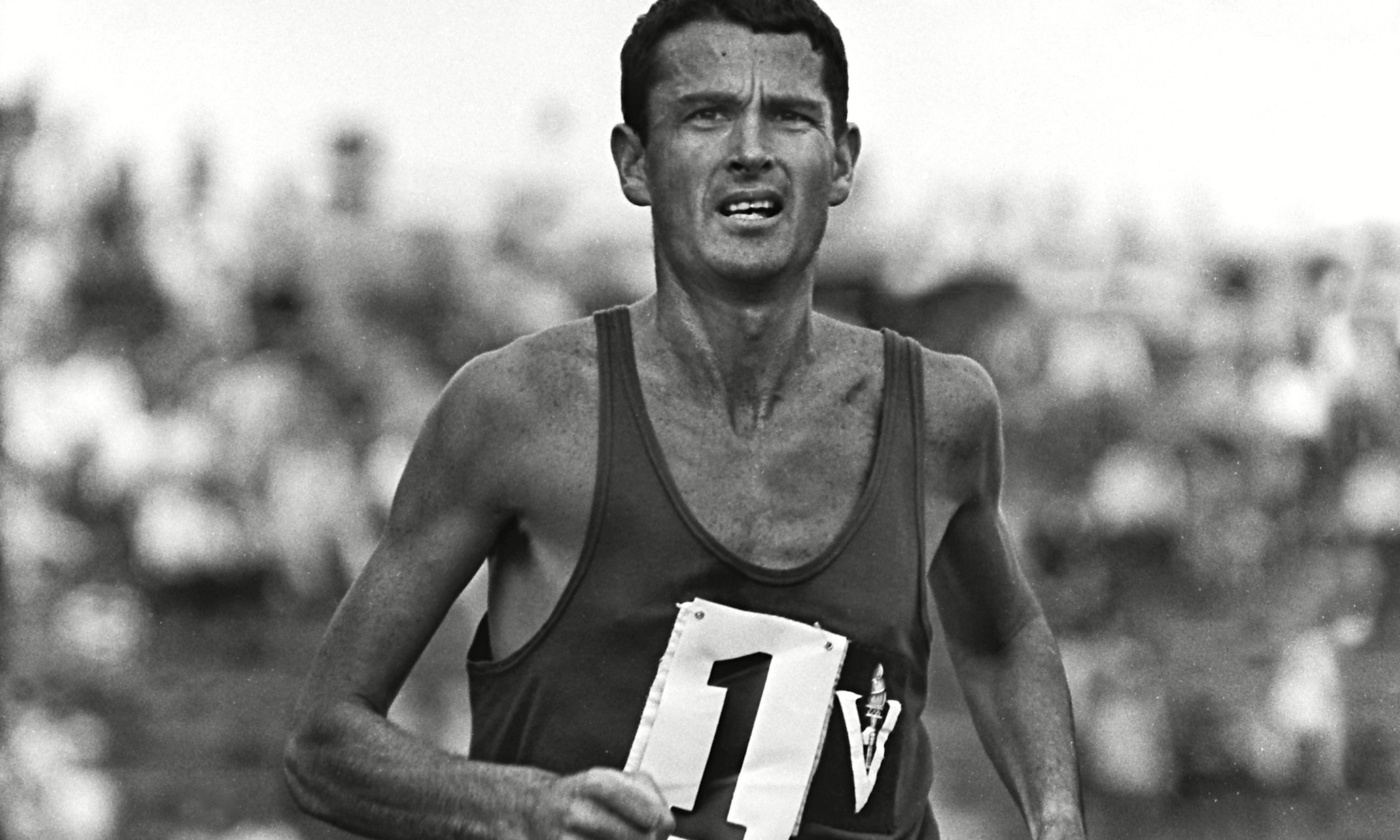Ask a runner to run a heat and they’ll run a (graded) mile.
That’s the conclusion to be drawn, anyway, from two Victorian meetings in the past two weeks.
First, the Victorian Milers Club staged its opening meeting of the season on 10 November. Almost 250 ran, no fewer than 151 of them opting for the 3000 metres (the other option was an 800).
The Milers Club runs graded competition, fields decided entirely on the basis of best recent performance.
Just over a week later, on 19 November, Athletics Victoria conducted its 5000 metres championship and 112 runners – 86 males, 26 females – toed the line. This, too, was graded competition.
Now those of us who cut our competitive teeth – or should that be blistered our competitive feet – in earlier eras remember when the Victorian 5000 metres championship regularly drew up to 100 or more runners.
The difference is, we ran heats then – four or five heats of around 20 per heat coming down to a final of maybe 18. Such odds meant you had little chance of getting through the heat, but you ran anyway. Similar in some respects to the modern mass-participation marathon, we 15 to 16-minute ‘hacks’ got to run alongside the likes of Austin, Wardlaw, Scott, de Castella and Moneghetti – for four or five laps, at least.
There were other motivating factors, of course. We ran 5000 every other week at interclub, but most of those tracks were rubberised bitumen and the races were held in the middle of the day. Finals at the state titles often were, too, but at least the heats would be at Olympic Park on a week-day evening. A synthetic track, cool conditions, a chance to test yourself ever-so-briefly against the best – what’s not to like.
Gradually, though, runners started not to like running heats. All suburban tracks are synthetic now, no local government authority would think of putting a bitumen track down these days, so the appeal of running in good conditions at ‘headquarters’ has diminished. And the stars aren’t all guaranteed to run – but more on that later.
We’ve also seen the disappearance of the 5000 metres as a lead-up to the annual Zatopek 10,000 metres. Back in the 60s, Ron Clarke and his Victorian rivals ran pretty well every round of interclub for their clubs. ‘Clarkie’ had retired by the time I started competing, but I recall Derek Clayton and a couple of his distinguished St Stephen’s Harriers teammates running the 5000 at Melbourne Uni one day after I had competed in the 800.
Flash forward into the 1980s and ‘Mona’ would always have a couple of 5000 metres lead-ins to the Zatopek. He would have his traditional ‘bad’ race followed, most years, by a ‘better’ one before hitting peak form over 25 laps in early December. It seemed like magic, but it was simple common-sense distance running.
Most years, Zatopek rivals like Andrew Lloyd and Jamie Harrison would come down from NSW for one of the Melbourne pre-Zatopek 5ks, too, so you would get a sense of how they were going.
So, with the disappearance of pre-Zatopek races and the fall-off in the number running the state title, Athletics Victoria took the innovative decision to move the title to November as a lead-in to the 10,000 metres. Running heats and final at that time of year was not so appealing, however, so it was further decided to make it a graded race (in any case, by that stage the Victorian title was often being run as an A-race (for the championship medals) and a B-race).
The result has been a stunning success, numbers-wise at least. By grading the entrants into heats, AV is following the successful Milers Club formula of allowing athletes to run against rivals of similar ability, a concept runners seem to embrace as willingly these days as we did the chance to run against the best at Olympic Park in former days. Anyway, with numbers up over 100, everyone seems to be happy.
And the two meetings complemented each other nicely, with many choosing to run a 3000 at the Milers Club as a lead-in to the longer race. By my count, 48 of the 112 runners in the seven 5000m races – five men’s, one women’s, one mixed – had run a 3000 nine days earlier. That represents just under 45 percent. The correlation was a little stronger for the two championship races, with nine of 16 women and 10 of 14 Victorian men (three interstate entrants and a pacemaker completed the 18 starters) having run the 3000 first.
Linden Hall won the women’s race ahead of Amelia Mazza-Downie, who ran a world junior qualifying time, and Mitch Brown reversed the result of last year’s race, out-sprinting Zak Patterson along the final straight.
If you had a quibble, it might be that moving the title to November has robbed Peter (the state championships) without a huge payment to Paul (the 5000 title) in terms of improved depth. Fewer athletes and coaches seem to see a track race as an essential part of Zatopek preparation these days, which is to detriment of their performance, I would argue.
What you can’t argue with is the numbers, and to see over 100 athletes racing over 5000 metres on one night is a wonderful sight. Long may it continue.















